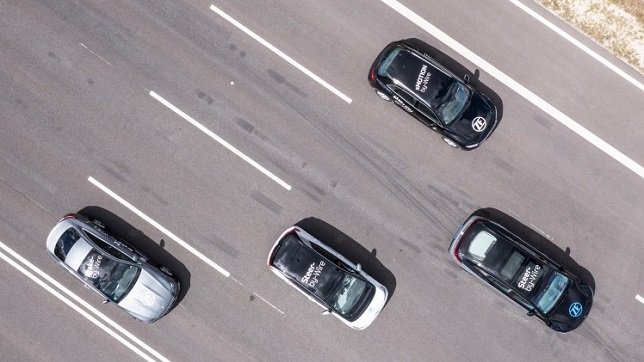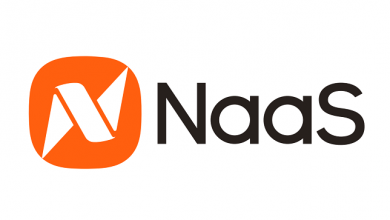ZF drives the by-wire future of mobility

As vehicles become increasingly electrified, automated, and software controlled, ZF is at the forefront of developing and industrializing advanced chassis systems with the industry’s most comprehensive offering of by-wire technologies that no longer require a mechanical connection or system fluids. A primary example is ZF’s steer-by-wire solution. ZF revealed that it has been awarded significant volume contracts by multiple major car manufacturers that will launch in all major regions as of 2023.
“ZF’s smart by-wire systems end the era of mechanical connections and enable a new era of vehicle control,” said ZF’s CEO Wolf-Henning Scheider. “ZF’s steer-by-wire technology enables new safety and comfort features, like autonomous emergency evasive maneuvers or parking in very confined spaces. It marks a breakthrough on the way to fully self-driving cars and trucks by adding new design and engineering freedom.”
For example, ZF steer-by-wire systems enable fully autonomous vehicle control for shuttles and robotaxis. For personal passenger vehicles it also offers unique capabilities like retractable steering wheels for fully automated driving modes, fully adaptable steering control reducing the handwheel angle for parking or low-speed maneuvers and enhanced crash safety through the removal of the steering column. By-wire represents the perfect fit for future electric and automated vehicles.
ZF Group: leading the steer-by-wire transformation
Today, ZF premiered its advanced steer-by-wire system to international media and announced that this technology will be launched with industrial scale by a major global automaker within the next year.
And ZF has procured additional customer contracts in all major regions for its steer-by-wire systems for series production, establishing itself as a leader in this technology field. Similarly, on the braking side of the equation ZF is the global leader in the production of its Integrated Brake Control system that is also primarily controlled using by-wire technology.
Thanks to its complete portfolio, ZF is very well positioned to capture further significant market share in the growing by-wire chassis systems field and expects a significant share of the steer-by-wire market by 2030.
“ZF is actively shaping the clean and autonomous future of mobility by launching advanced suspension-, steer-, and brake-by-wire systems that will become more commonplace due to the many advantages they offer. And ZF’s software and high-performance computing platforms such as cubiX and the Vehicle Motion Domain Controller complete the picture and together create a new level of system performance. This is a perfect demonstration of how much ZF has changed into a tech company by understanding digitalization and decarbonization as opportunities for its development,” Mr. Scheider concluded.
Driving the by-wire future
ZF is a leading developer and produces a full range of by-wire systems that that do not require a direct physical connection:
- Steer-by-wire including rear wheel steering
- Brake-by-wire with Integrated Brake Control
- Electronically controlled active suspension
These technologies are being combined to yield system solutions that offer enhancements greater than they can alone. Here software and combined E/E architectures play a key role in adding value. By-wire systems offer greater degrees of vehicle control offering shorter stopping distances, more degrees of freedom in maneuvering, better stability at high speeds and greater range and efficiency.
With by-wire technologies the amount of steering assist or brake torque can be tuned to mimic the typical feel that drivers expect but can also be instantly adjusted to enhance brake force to reduce stopping distances or steer around an obstacle more expertly than drivers can do themselves.
ZF’s brake-by-wire IBC braking system enables regenerative braking and energy recuperation that helps recharge the batteries of electric vehicles – highlighting how chassis and eDrives can work together to enhance motion control, extend range and offer more compact system packaging.





